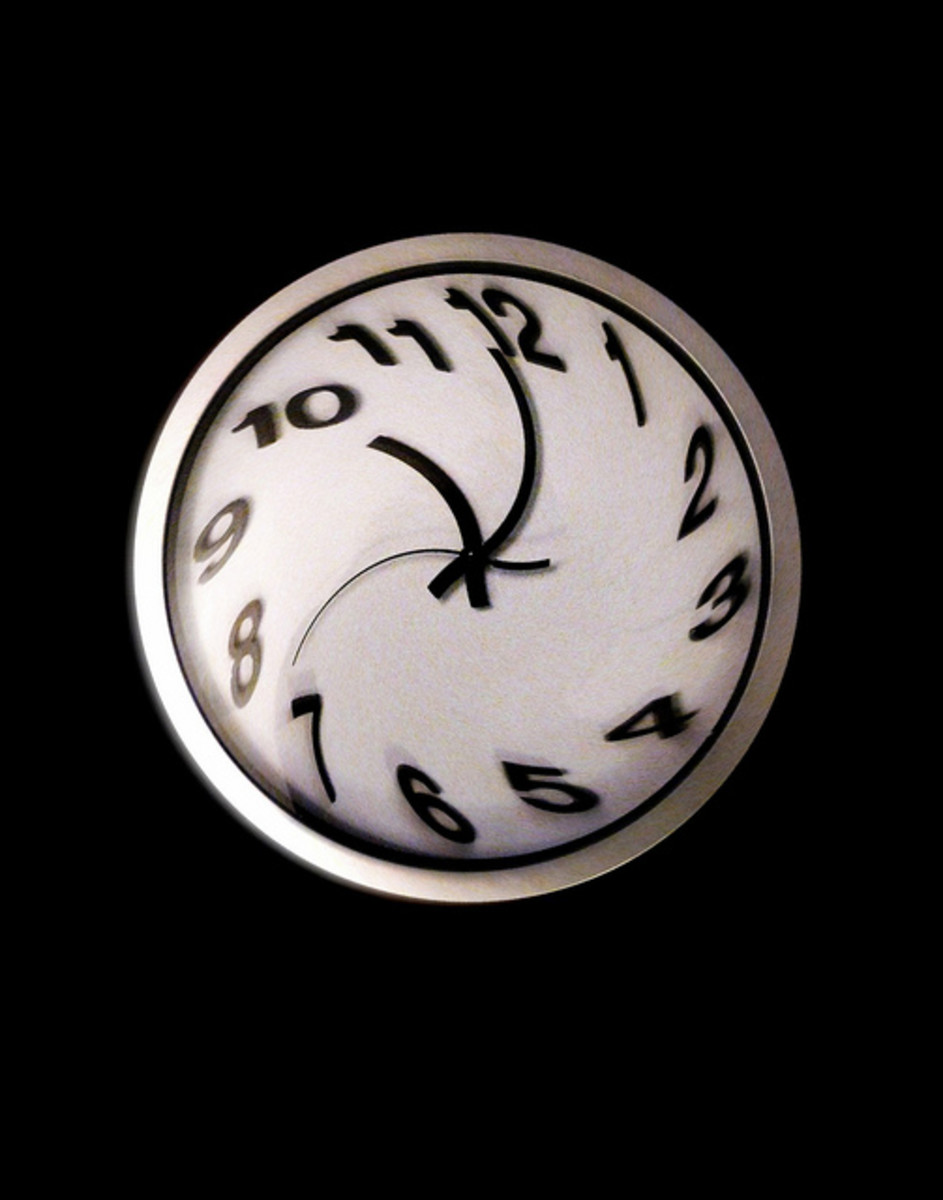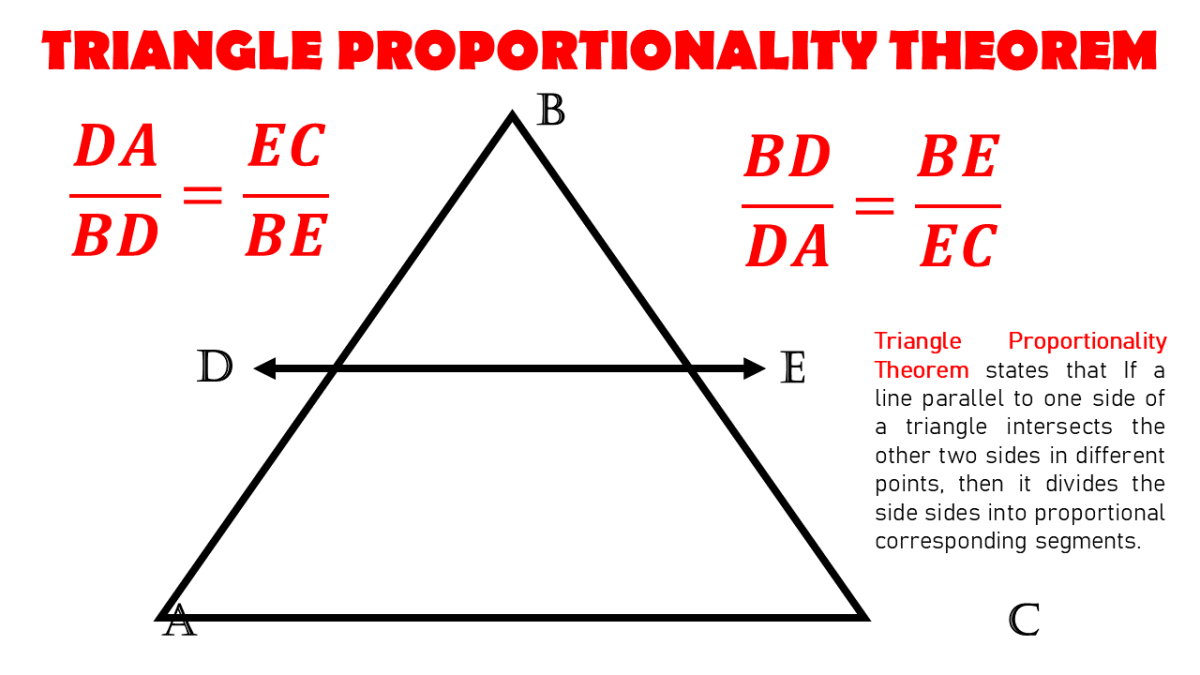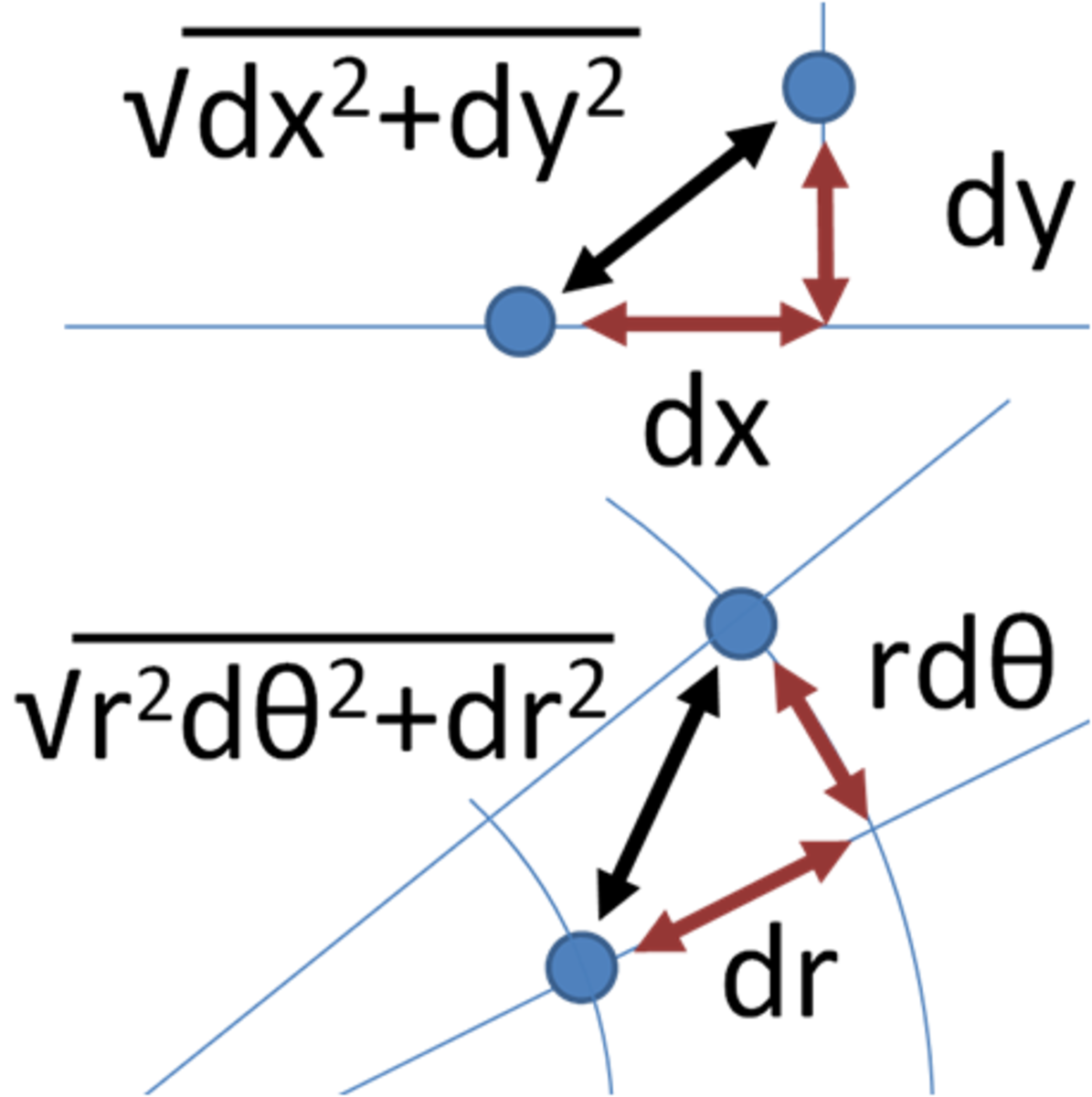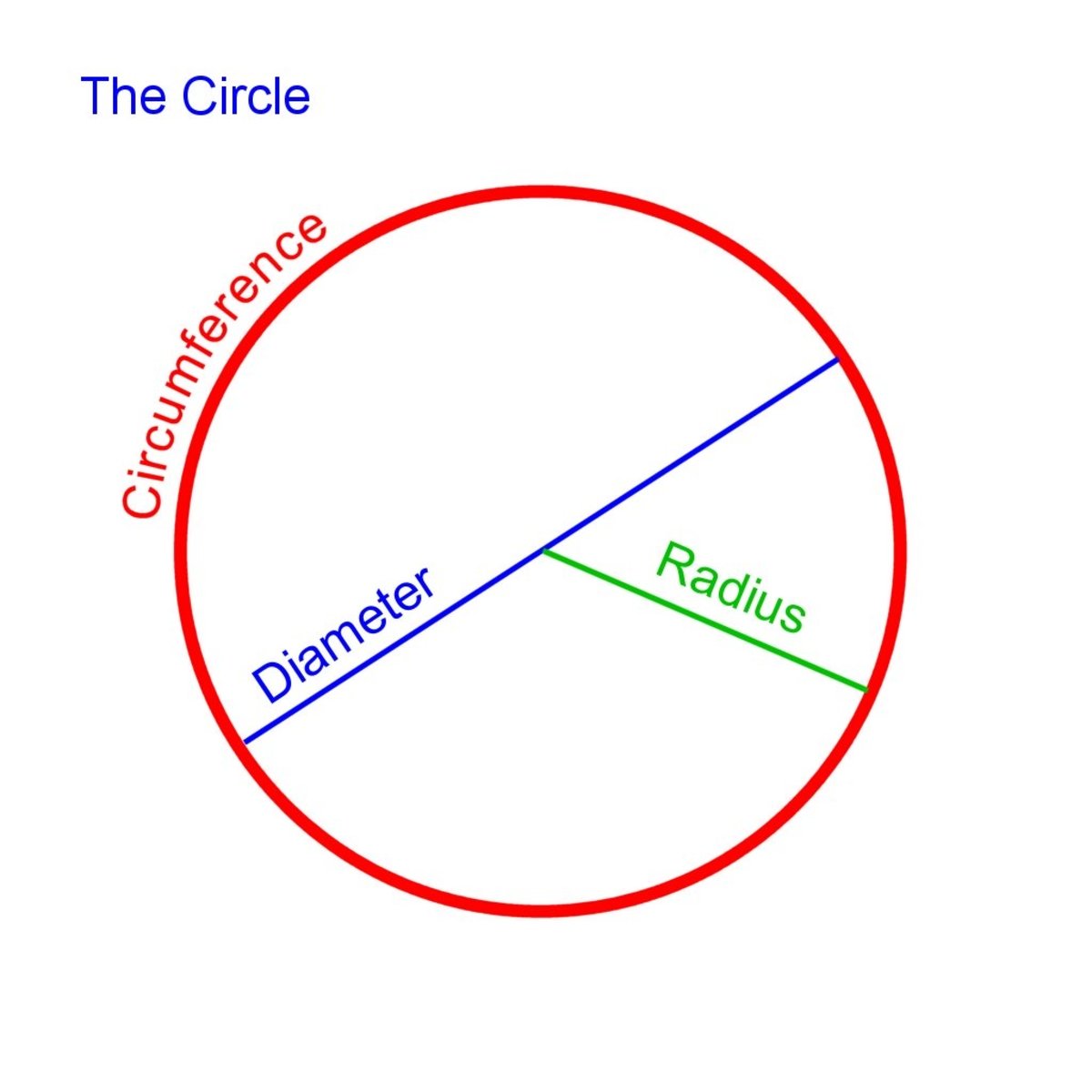Euclid's Fifth Postulate

Euclid
Euclid was a Mathematician from ancient Greece who lived around 300BC. He is sometimes referred to as the Father of Geometry, and there is no doubt that his work has probably influenced Mathematicians more than any other especially in the realm of geometry.
Axioms and Postulates
Euclid's Geometry is based on axioms and postulates. There is no clear distinction made between the words postulate and axiom in the world of Mathematics and at times both are used interchangeably.
An axiom or postulate is generally accepted to mean that what is stated is self evident or recognised as universally true and as such no proof is required. So an axiom is therefore a statement we are asked to accept as a truth above question.
Fallible Axioms
People often use axioms in their arguments because they contain a line of defence that places them above question. It doesn't matter how clever the argument as soon as I hear the words 'self evident' and 'fact' alarm bells go off in my head. Let me explain why.
Deductive geometry which is the geometry of Euclid and which for a long time was accepted as accurately describing our spatial experience is based on Euclid's axioms. Following are the first five postulates published around 300BC:
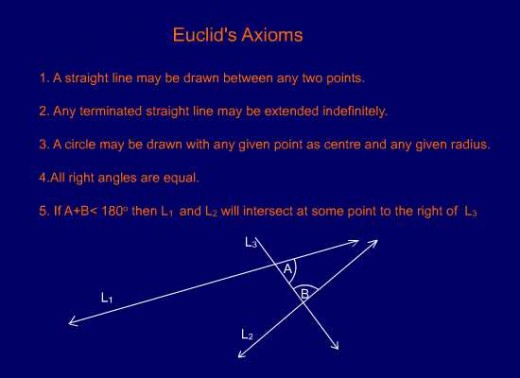
Proving Euclid's Parallel Postulate
Axiom #5 is also called Euclid's Parallel Postulate and it is on the basis of this postulate that squares were proved to exist. But for centuries after its publication Mathematicians all over the world attempted to prove the fifth postulate of Euclid but all to no avail.
A Jesuit Priest and Mathematician Girolamo Saccheri made it his life's work to prove Euclid's Parallel Postulate. Saccheri also used reductio ad absurdum or Proof by Contradiction to prove the Parallel Postulate. By making the assumption that the Parallel Postulate was false Saccheri then proceeded expecting a contradiction to pop up which would then allow him to conclude that the assumption that the postulate was false could not be true. Saccheri could not find such a contradiction so he had unwittingly discovered a completely new way of perceiving space completely separate from the space described by Euclid's Geometry and which we now call Hyperbolic Geometry. A space where something Euclid said was self evident was not so evident after all.
Do Squares Really Exist?
Slarty O'Brian a respected and much admired writer and philosopher in HubPages wrote a hub called "Nothing, what is it?" and in one of his comments he talks about the impossibility of a square circle and in this hub the possibility of the existence of squares is questioned.
Without Euclid's Parallel Postulate upon which the existence of squares is based we are not in a position to categorically declare that squares actually exist! Q.E.D.
Non-Euclidean Geometry Part 1
Non-Euclidean Geometry Part 2
Links to Related Articles By Spirit Whisperer
Links to Slarty O'Brian's Work
- Philosophy :: Spirit-Whisperer
Link to Slarty O'Brian's space on the Spirit Whisperer Website


